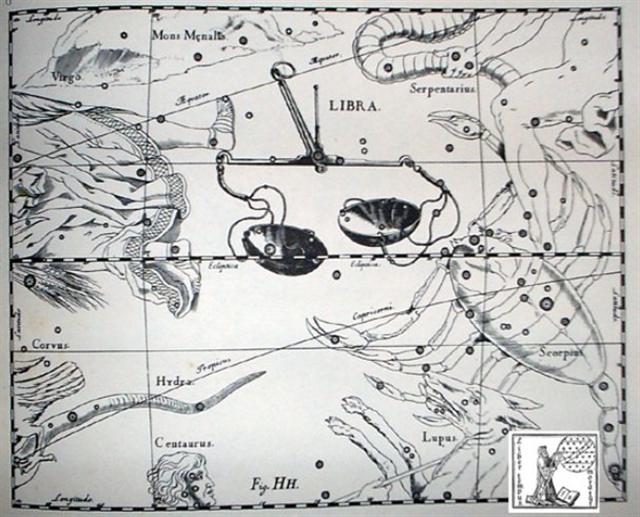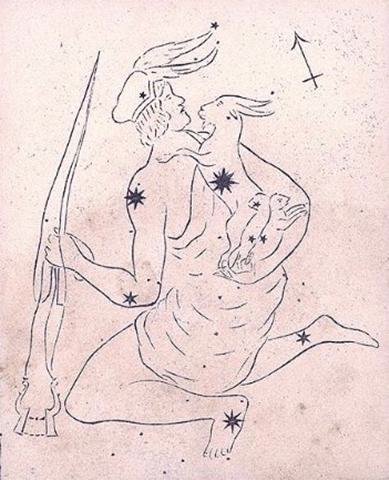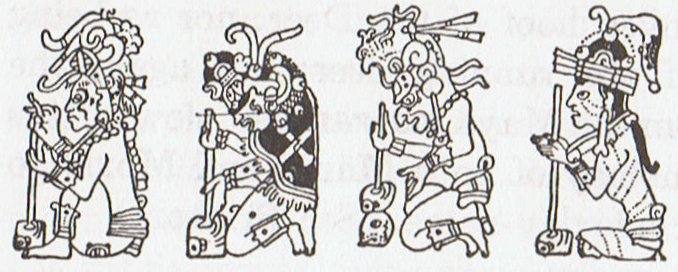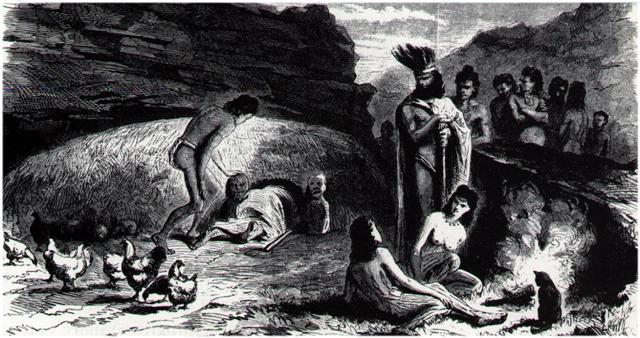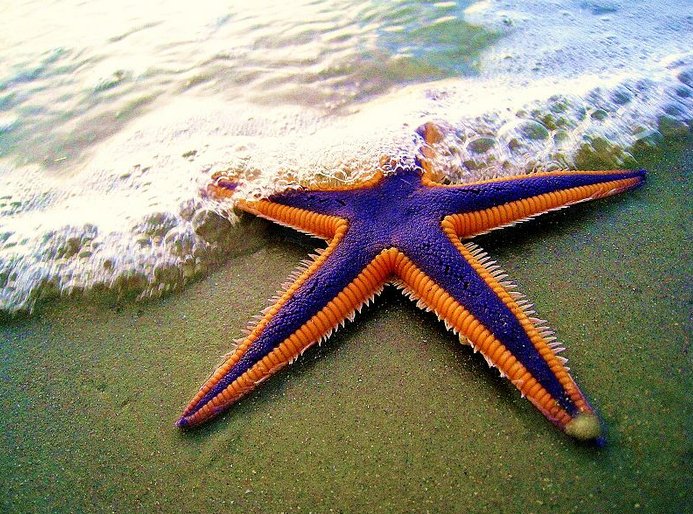Ba9.3 South of the equator the month corresponding to May (5) was November (5 + 12 / 2 = 11). Although November means the '9th month' and glyph line Ba9 seems to have been correlated with November.
South of the equator, by looking at the stars at the Full Moon in May they would have known it was time for them to light the kitchen fires (te ahi), because daylight had left them, and now they all together had to work in order to stimulate the return of light.
... When it was evident that the years lay ready to burst into life, everyone took hold of them, so that once more would start forth - once again - another (period of) fifty-two years. Then (the two cycles) might proceed to reach one hundred and four [104] years. It was called One Age when twice they had made the round, when twice the times of binding the years had come together. Behold what was done when the years were bound - when was reached the time when they were to draw the new fire, when now its count was accomplished. First they put out fires everywhere in the country round. And the statues, hewn in either wood or stone, kept in each man's home and regarded as gods, were all cast into the water. Also (were) these (cast away) - the pestles and the (three) hearth stones (upon which the cooking pots rested); and everywhere there was much sweeping - there was sweeping very clear. Rubbish was thrown out; none lay in any of the houses ... According to the Sun calendar the Pleiades (Tau-ono) would arrive in May 15 (365 + 135 = 500); ... A sidelight falls upon the notions connected with the stag by Horapollo's statement concerning the Egyptian writing of 'A long space of time: A Stag's horns grow out each year. A picture of them means a long space of time.' Chairemon (hieroglyph no. 15, quoted by Tzetzes) made it shorter: 'eniautos: elaphos'. Louis Keimer, stressing the absence of stags in Egypt, pointed to the Oryx (Capra Nubiana) as the appropriate 'ersatz', whose head was, indeed, used for writing the word rnp = year, eventually in 'the Lord of the Year', a well-known title of Ptah. Rare as this modus of writing the word seems to have been - the Wörterbuch der Aegyptischen Sprache (eds. Erman and Grapow), vol. 2, pp. 429-33, does not even mention this variant - it is worth considering (as in every subject dealt with by Keimer), the more so as Chairemon continues his list by offering as number 16: 'eniautos: phoinix', i.e., a different span of time, the much-discussed 'Phoenix-period' (ca. 500 years) ... and in the next day Alcyone would rise with the Sun.
Up until now I had not realized the possibility that 6 (ono) stars (tau) could be alluding to Rogo. Because Mgv.: rogo-uru, ten, and Mq.: ono-huu, oko-huu, id. Anciently they saw 10 (rogo-uru) months in a year, and expressed in the dialects on the Marquesas this was onohuu, okohuu. Thus ono indicated not only 6 but also 10 → Rogo. ... Whare-patari, who is credited with introducing the year of twelve months into New Zealand, had a staff with twelve notches on it. He went on a visit to some people called Rua-roa (Long pit) who were famous round about for their extensive knowledge. They inquired of Whare how many months the year had according to his reckoning. He showed them the staff with its twelve notches, one for each month. They replied: 'We are in error since we have but ten months. Are we wrong in lifting our crop of kumara (sweet potato) in the eighth month?' Whare-patari answered: 'You are wrong. Leave them until the tenth month. Know you not that there are two odd feathers in a bird's tail? Likewise there are two odd months in the year.' As to the meaning of uru we should remember the pair of manu-uru figures placed at the door openings of hare paega:
... Ana poreko te poki, ina ekó rivariva mo uru ki roto ki te hare o here'u i te poki; e-nanagi te pito o te poki, ai ka-rivariva mo uru ki roto ki te hare, when a child is born one must not enter the house immediately, for fear of injuring the child (that is, by breaking the taboo on a house where birth takes place); only after the umbilical cord has been severed can one enter the house ... ... The low entrances of houses were guarded by images of wood or of bark cloth, representing lizards or rarely crayfish. The bark cloth images were made over frames of reed, and were called manu-uru, a name given also to kites, masks, and masked people ... In the B text we can find a Rogo figure at left in what presumably represents May 16, when the Sun rose together with Alcyone - the Queen of Sailing - when a nice weather invited going out at sea. Could this figure correspond to her mother, Pleione? ... another Alcyone, daughter of Pleione, 'Queen of Sailing', by the oak-hero Atlas, was the mystical leader of the seven Pleiads. The heliacal rising of the Pleiads in May marked the beginning of the navigational year; their setting marked its end when (as Pliny notices in a passage about the halcyon) a remarkably cold North wind blows ...
The Rogo figure at left in Ba9-7 appears to be starving and we can compare with Rogo in Ca3-25 (→ Julian equinox). Winter was a starving time.
... Antares, visible in the morning sky of December-January, came to stand for summer heat; hence the saying, 'Rehua cooks (ripens) all fruit'. The generally accepted version of the Rehua myth, according to Best, is that Rehua had two wives, the stars on either side of Antares. One was Ruhi-te-rangi or Pekehawani, the personification of summer languor (ruhi), the other Whaka-onge-kai, She-who-makes-food-scarce before the new crops can be harvested ... Another observation is to perceive the figure in Ba9-5 as a further stage in the development of vaha mea:
Ke. 1. Other; different; different being; hare ké, a different house; e-ké-ro-á ... e-ké-ro-á ... there are some who... and others who...; me'e ké, something distinct, different: te puaka ina oona kuhane; me'e ké te tagata, he hakari oona, he kuhane, an animal has no soul; man is different, he has a body, and a soul; matu'a ké, the other relatives. 2. Ké te kairua, person who turns up for meals at other people's homes. 3. Used in exclamations: hahau ké! what a cool breeze!; hana ké! how hot! takeo ké! how cold! Vanaga. Other, distinct, different, diverse, otherwise; koona ke, elsewhere; tagata ke, some one else; mea ke, contrary, distinct, otherwise; hakake, feint, stratagem, to feign; hagake, to act contrary. T Pau.: ke, different. Mgv.: ke, another, other, else, different, of partial comparative value. Mq.: ke, é, to be different, changed, no longer the same. Ta.: e, different, strange, other. Churchill. In the C text a similar glyph came 20 weeks earlier in the text. Thus, in a way, Ba9-5 was another and different (ké) 'thing' (mea). Mea. 1. Tonsil, gill (of fish). 2. Red (probably because it is the colour of gills); light red, rose; also meamea. 3. To grow or to exist in abundance in a place or around a place: ku-mea-á te maîka, bananas grow in abundance (in this place); ku-mea-á te ka, there is plenty of fish (in a stretch of the coast or the sea); ku-mea-á te tai, the tide is low and the sea completely calm (good for fishing); mau mea, abundance. Vanaga. 1. Red; ata mea, the dawn. Meamea, red, ruddy, rubricund, scarlet, vermilion, yellow; ariga meamea, florid; kahu meamea purple; moni meamea, gold; hanuanua meamea, rainbow; pua ei meamea, to make yellow. Hakameamea, to redden, to make yellow. PS Ta.: mea, red. Sa.: memea, yellowish brown, sere. To.: memea, drab. Fu.: mea, blond, yellowish, red, chestnut. 2. A thing, an object, elements (mee); e mea, circumstance; mea ke, differently, excepted, save, but; ra mea, to belong; mea rakerake, assault; ko mea, such a one; a mea nei, this; a mea ka, during; a mea, then; no te mea, because, since, seeing that; na te mea, since; a mea era, that; ko mea tera, however, but. Hakamea, to prepare, to make ready. P Pau., Mgv., Mq., Ta.: mea, a thing. 3. In order that, for. Mgv.: mea, because, on account of, seeing that, since. Mq.: mea, for. 4. An individual; tagata mea, tagata mee, an individual. Mgv.: mea, an individual, such a one. Mq., Ta.: mea, such a one. 5. Necessary, urgent; e mea ka, must needs be, necessary; e mea, urgent. 6. Manners, customs. 7. Mgv.: ako-mea, a red fish. 8. Ta.: mea, to do. Mq.: mea, id. Sa.: mea, id. Mao.: mea, id. Churchill.
Peka. Pekapeka, starfish. Vanaga. 1. 100,000 T. 2. A cross; pekapeka, curly; pekapekavae, instep T. (? shoelaces.); hakapeka, to cross; hakapekapeka, to interlace, lattice. T Mgv.: peka, a cross, athwart, across; pepeka, thick, only said of a number of shoots or sprouts in a close bunch. Mq.: peka, a cross, dense thicket. Ta.: pea, a cross. Churchill. Mq.: Pekahi, to make signs with the hand, to blow the fire with a fan. Ha.: peahi, id. Churchill.
|
||||||||||||||||||||||||||||||||||||||||||||||||||||||||||||||||||||||||||||||||||||||||||||||||||||||||||||||||||||||||||||||||||||||||||||||||||||||||||||||||||||||||||||||||||||





